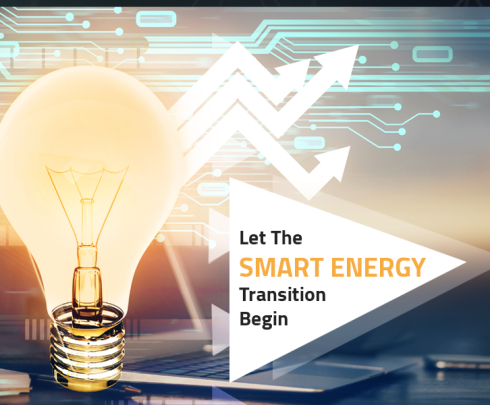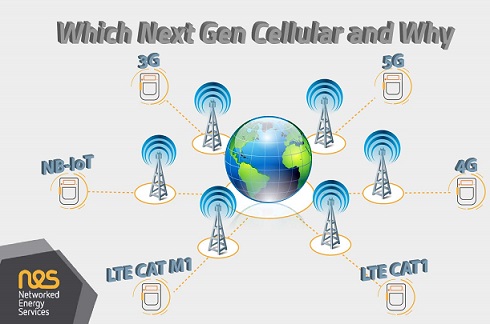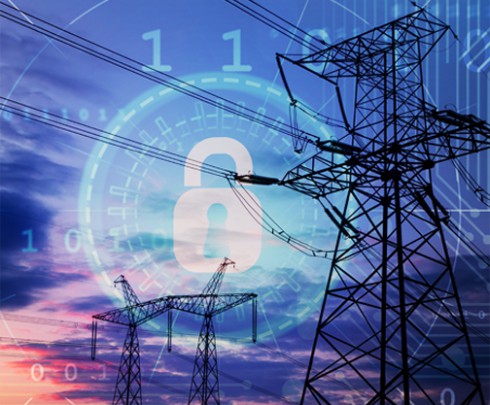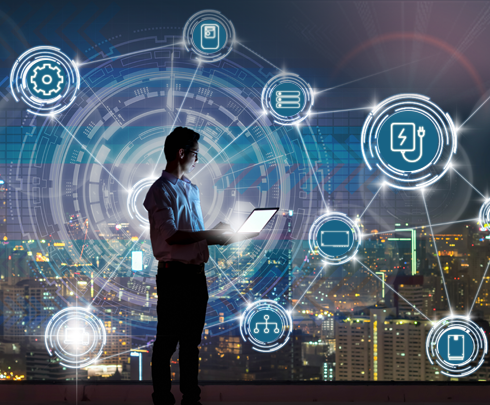
The Clean Energy Package and the Smart Metering Business Case
Nov 05, 2021The Clean Energy Package (CEP) in Europe, and similar
initiatives around the globe, are driving the smart energy transition forward.
Accompanying this transition is a significant change in the role of smart
meters in the DSO’s business case. It is a little strange to think of “old
views” and “new views” for the smart meter business case, but the reality is
that the concept has been around, practical and deployed for over a decade. However,
there has been a transition in the role of the smart meter.
The CEP is a major
element of this change as it formalises the role of the smart meter in the
heart of the smart energy transition. Through alignment to the concepts of the
CEP, a DSO can leverage their investment in smart meters and generate more
business value.
Of course, this requires them to have made the right technology investment in the first place. The latest benchmark from the EU on the smart meter business case is showing that the smart meter itself is not the only major element of investment; communications, operations and maintenance, IT and security are also significant investments. DSOs that go with a “low-cost” approach, either on the smart meter or the supporting technologies, will be in trouble when it comes to leveraging this wide set of business benefits, and struggle with compliance to the CEP (and similar).
So, if the “low-cost” approach doesn’t fit the CEP, what are the characteristics of smart meters that will fit the CEP, and through this, help the DSO justify their investments in smart technology in the low-voltage grid.
That is what we are
setting out to uncover.
Smart meters are into their second decade as active
participants in low-voltage grid energy management. The old view of smart
meters focused on their contribution to automation in the meter-to-cash and
connect/disconnect process:
The CEP adds other requirements that DSOs need to adhere to execute to energy transition:
- Increased capabilities to support demand-response
- Increased security capabilities
- Increased citizen engagement
- Opportunity for managing energy production
- Wider use of data in distribution efficiency analysis and retail offerings
- Consumers’ rights to request a smart meter.
The last point is directly relating the volume of smart
meters to be deployed. All the other items relate to smart meters as they provide these functions at the pro-consumer’s
premise.
New Drivers and Benefits for the Smart Meter Business Case
The EU has developed an interest paper: Benchmarking smart metering deployment in the EU-28. This provides an analysis of the business case for the smart meter as DSOs evolve, mature, and understand more of how the smart meter enables the smart energy transition and delivery of the CEP.
This section, and those following on, provide references to some of this insightful paper.
The first interesting outcome is an overview of the business drivers for smart meter deployment, as summarized below. This shows that more DSOs are focusing on digitalization, agility and flexibility and reducing waste and fair energy supply when looking at the role of smart meters. Compare this to a decade ago when it was all about billing and connect/disconnect automation. The potential of the smart meter is becoming well recognized.
How this translates into business benefits is also interesting. Whilst DSOs recognise that the “old view” of smart meters still dominates, many DSOs see the emergence of new business benefits to support them in their business case. There is a clear mapping between these benefits and the business case drivers listed above.
So, not only are the business drivers developing and aligning to the CEP, but we see the resulting business benefits becoming widely accepted by DSOs.
IT, Communications and Security
An interesting change resulting from CEP business drivers, is that the smart meter is no longer the dominating consideration on the
cost side of the business case equation.
Whilst the cap-ex and op-ex associated with the meter investment, deployment and reading are still significant, it is actually IT, communications and security which dominate. Clearly, the role of these elements of the architecture are well understood and recognised.
This is more than simply recognising that the smart meter is a mini-computer connected on a WAN which happens to terminate at the customer’s premise. This is recognising that the smart meters need to be treated in a very real sense like part of the DSOs IT infrastructure. Considerations such as configuration, release, problem, SLA, security and incident management are more important now to the stable operation of the grid than regular physical maintenance.
That is a profound transition for an industry which, up to a few decades ago, was using mechanical meters.
Future-proofing the Business Case
Benchmarking smart Metering deployment in the EU-28 also presents an interesting summary of the business case for the countries within Europe. Those countries above the line shown below are achieving a positive business case, whilst those below still need to improve. Generally, it is important to develop strategies to increase the benefits achieved for each country.
Recognising the smart meter as a major cost component, and reflecting that IT, communications and security now play a dominate role as
well, we need to consider how the costs for these components can be reduced.
With the “old view” of benefits largely exploited, it
becomes important to understand what we need from the technology to enable the
additional business drivers and benefits which are coming out of the CEP
initiatives.
Key Features of Advanced Metering Infrastructure Solutions
Now that we understand the drivers, benefits and costs in the business case, and the importance to lift the business case return making AMI rollouts more attractive for DSOs, here are the key AMI capabilities to enable the CEP:












